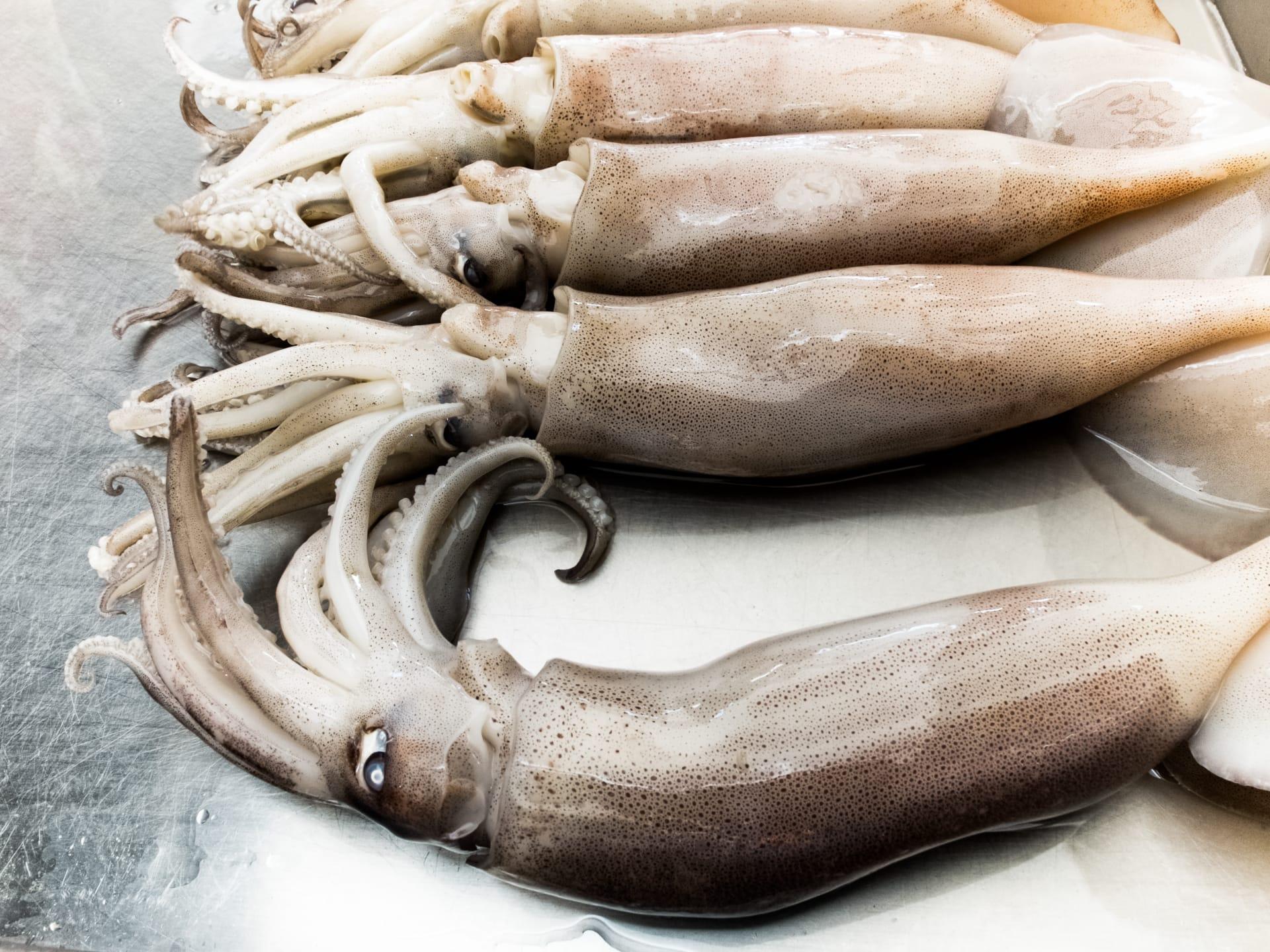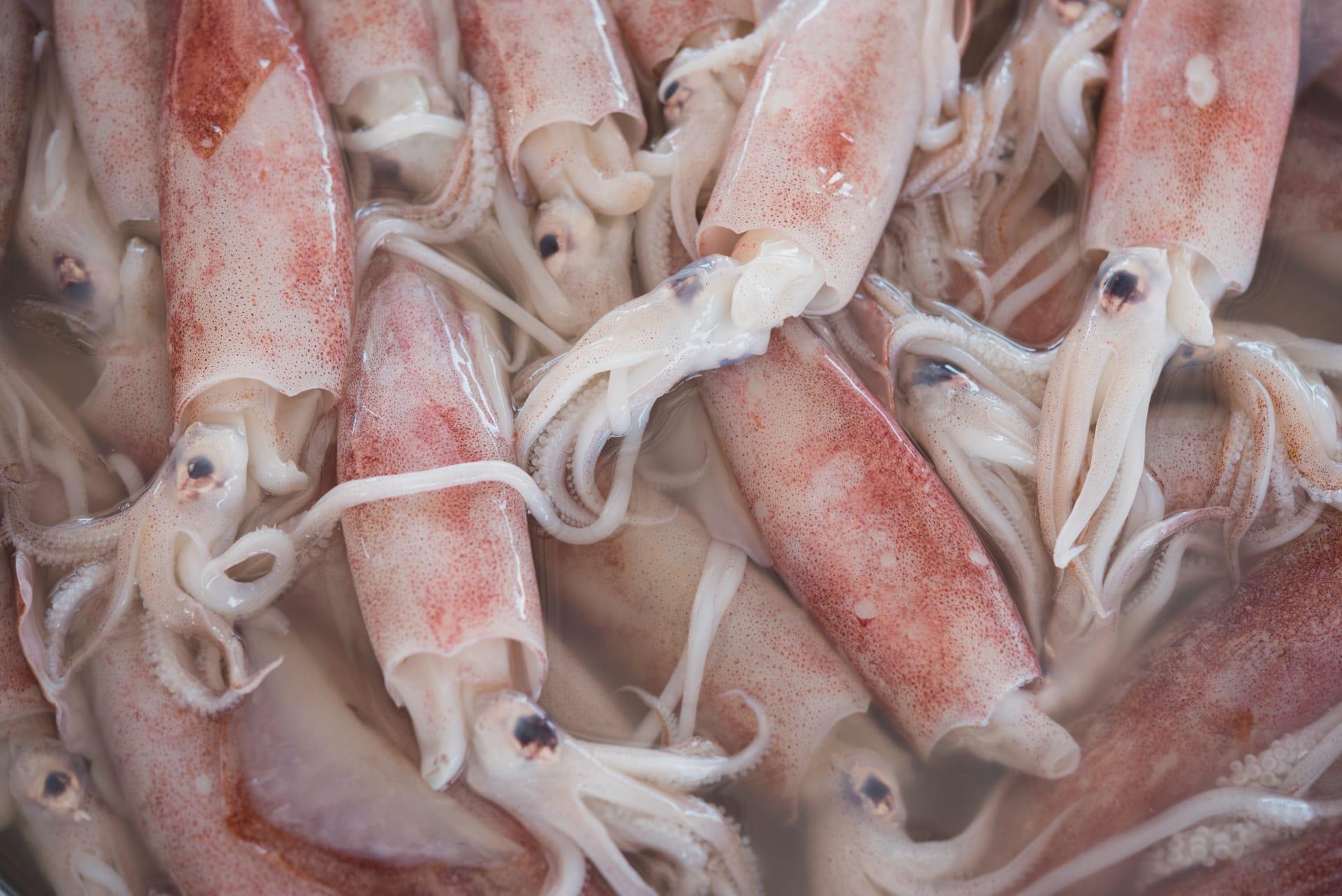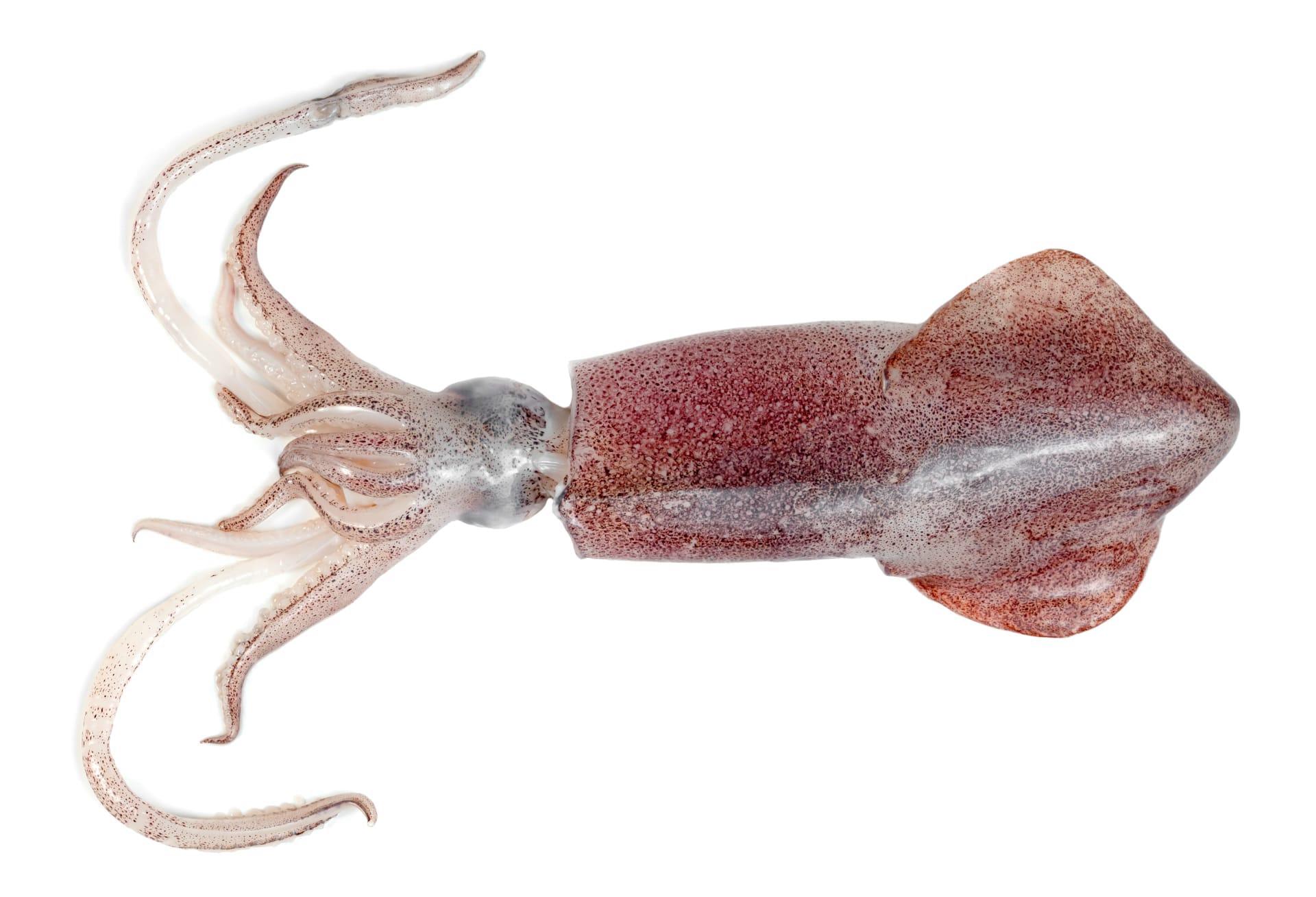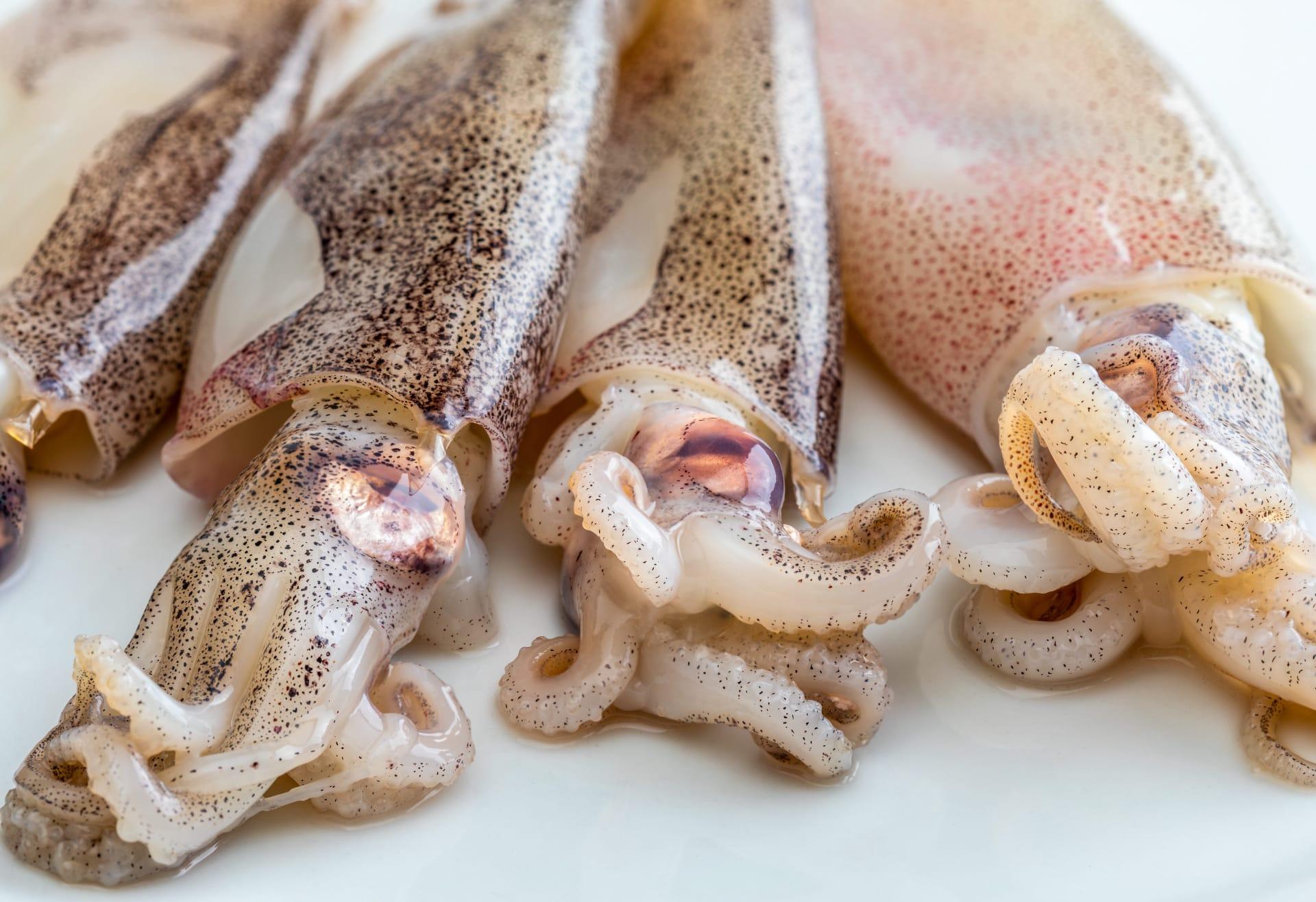Needle Squid Characteristics
- Home /
- Mini Encyclopedia /
- Animal /
- Needle Squid Characteristics
1
The Needle Squid, known for its elongated, slender body, is a fascinating creature in the oceanic world. These squids boast an average size ranging from 40 to 60 centimeters in length, which enables them to navigate swiftly through water. Their lifespan, intriguingly, spans around 1 to 2 years, a brief yet vibrant period in the marine ecosystem.
One of the most remarkable organs of the Needle Squid is its siphon, a tubular structure used for propulsion. This organ allows the squid to move by expelling water, propelling itself in the opposite direction. It's not just for locomotion; the siphon also plays a crucial role in respiration, drawing water into the mantle cavity for oxygen exchange.

2
Question: "What is the primary diet of the Needle Squid?"
Answer: The Needle Squid is predominantly a carnivore, feasting on a diet rich in small fish and crustaceans. Its hunting strategy involves using its tentacles to swiftly capture prey, often utilizing the element of surprise. This diet is essential for its high-energy lifestyle, sustaining its rapid growth and development.

3
The movement characteristics of the Needle Squid are a marvel of nature. They are known for their rapid swimming capabilities, achieved by jet propulsion. This movement is facilitated by the squid's siphon, which forcefully expels water, allowing for swift and agile navigation through the water.
When it comes to feeding, the Needle Squid exhibits remarkable predatory traits. It uses a combination of stealth and speed, employing its tentacles to snatch prey with precision. Their diet mainly consists of small fishes and invertebrates, which they hunt using their keen vision and rapid movements, often striking with lightning-fast reflexes.

4
Needle Squids thrive in temperate ocean waters, particularly in regions with abundant food sources. Their habitat ranges from surface-level waters to mid-ocean depths, adapting to various marine environments. This versatility in habitat selection is crucial for their survival and finding ample food sources.
Regarding reproduction, the Needle Squid has a unique breeding strategy. They engage in a mass-spawning event, where females release thousands of eggs into the water. These eggs, often attached to objects or floating in masses, hatch into juveniles, which grow rapidly to reach maturity, continuing the cycle of life.

5
Book: "Secrets of the Deep: The Needle Squid" – Authored by marine biologist Dr. Sarah Thompson, this 2010 publication from the United States delves into the mysterious world of the Needle Squid. It provides a comprehensive overview of their biology, behavior, and role in the marine ecosystem, making it an insightful read for enthusiasts and scholars alike.
Book: "Ocean Wanderers: The Life of Needle Squids" – This 2015 book by British author Charles Watkins offers an in-depth exploration of the life cycle and migratory patterns of Needle Squids. It combines scientific research with captivating narratives, portraying the journey of these squids across different oceanic realms.